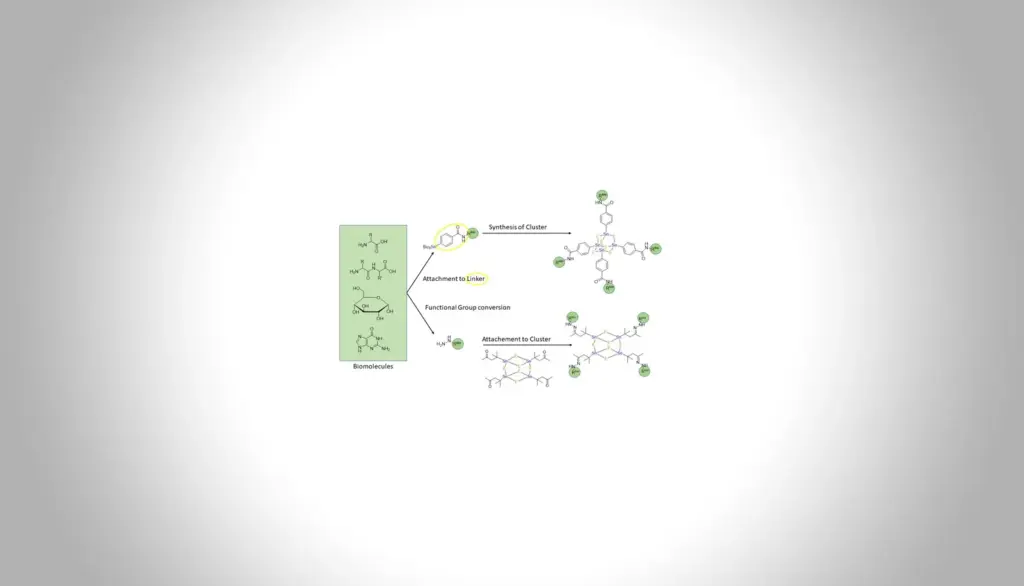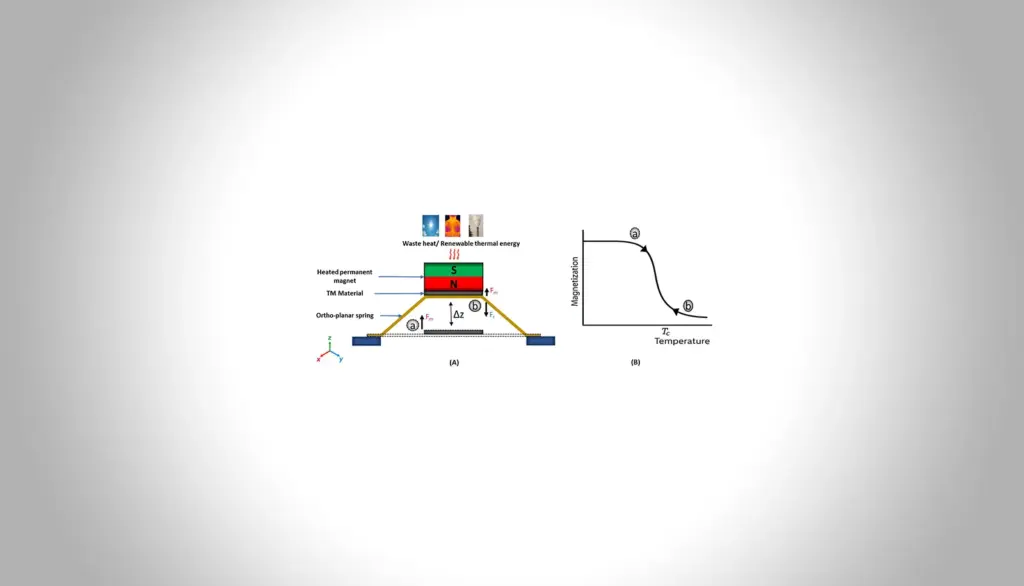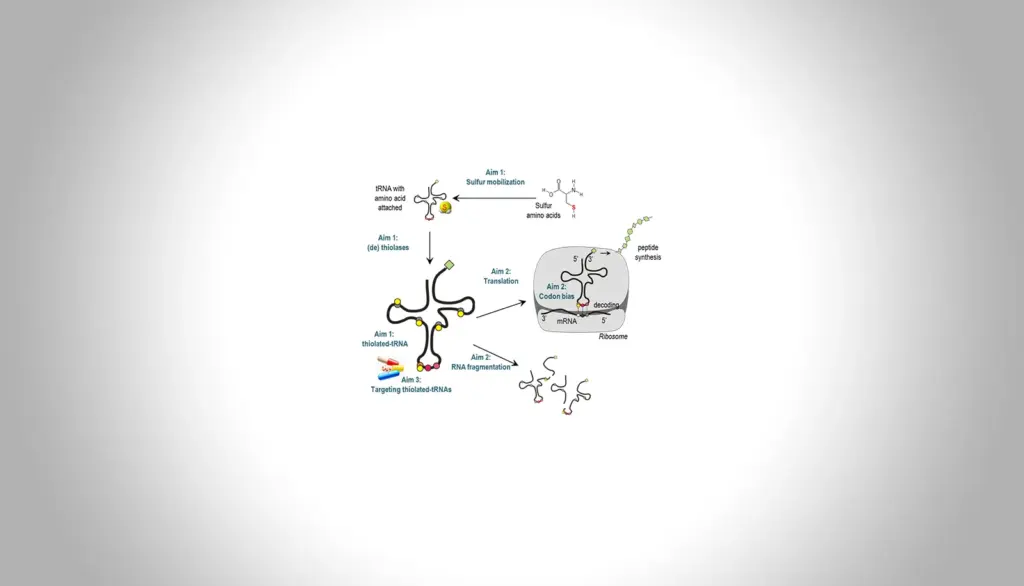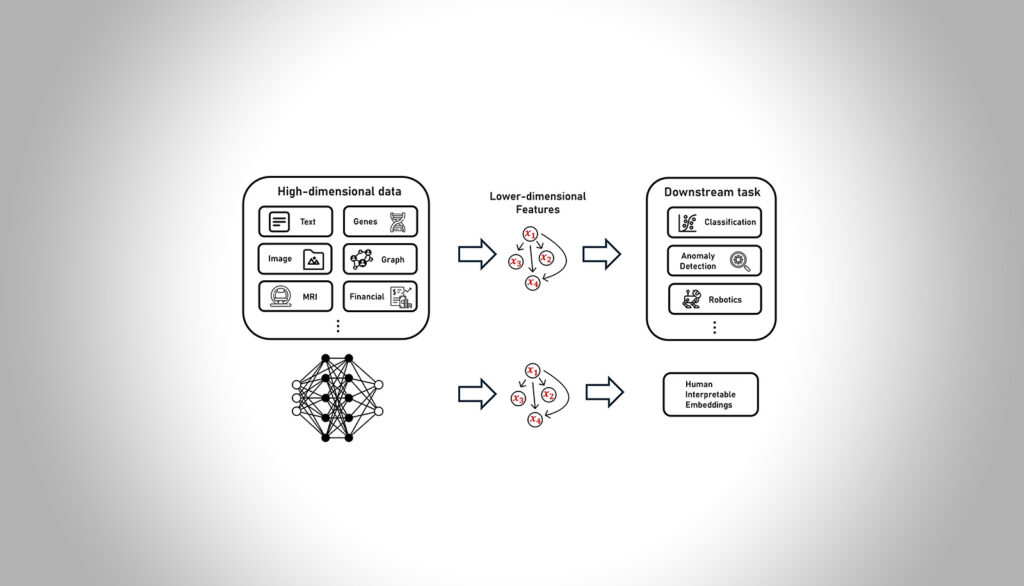Quantum information processing with scalable semiconductor spin-qubit chips
Dominic Barthlott - Hector Fellow Wolfgang Wernsdorfer
Quantum computing has the potential to provide speedups for classical problems such as complex simulation, optimization and cryptography tasks, but requires scalable and reliable qubit technologies. Semiconductor spin qubits combine long coherence times with established industrial fabrication techniques. This project focusses on implementing high-fidelity two-qubit gates, which are then expanded to multi-qubit arrays and quantified by applying quantum information algorithms together with rigorous benchmarking.









